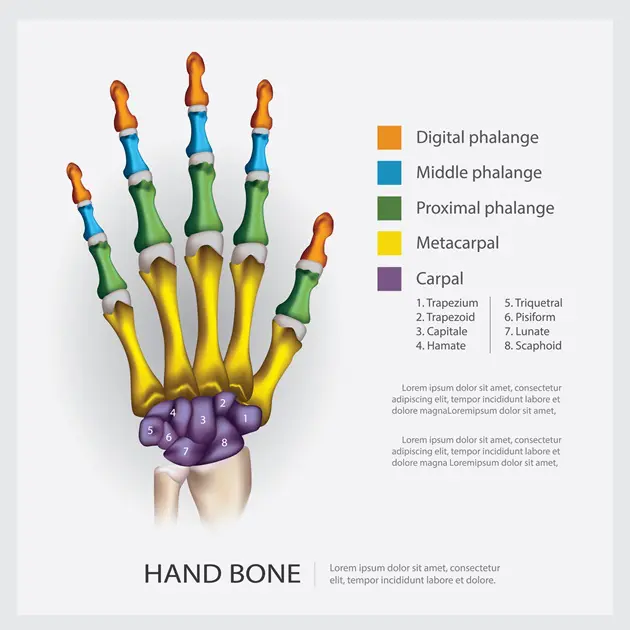[Originally published as Engineering the Human Hand — Part 2]
The human hand has 27 bones, 35 muscles, numerous ligaments, as well as groupings of nerves and other tactile sensing receptors.
 Due to the specially designed capabilities of the hand, humans can do things no animal can do. Humans can play the piano, do delicate artwork and crafts, handle a hammer and a nearly infinite number of other tools for building things, as well as accomplish similar things too numerous to list. No animal can do these things nor does any animal have the delicate touch that humans have.
Due to the specially designed capabilities of the hand, humans can do things no animal can do. Humans can play the piano, do delicate artwork and crafts, handle a hammer and a nearly infinite number of other tools for building things, as well as accomplish similar things too numerous to list. No animal can do these things nor does any animal have the delicate touch that humans have.
Most land animals have only claws or hoofs. It would be difficult to even imagine how animals could play human sports such as basketball or football. Try to imagine a human dropping in a 25′ jump shot with the claws or hoofs of an animal instead of hands. Or, ponder an NFL quarterback completing a 50-yard touchdown pass to the corner of the end zone with claws or hoofs on the ends of his arms. These types of feats would be impossible for humans without the strength, touch, and feel of our specially engineered hands.
Apes have hands that at first glance look like human hands. But, apes are engineered to navigate in trees and to knuckle-walk. Their hands are designed for these activities and are different from humans in at least three major ways:
- Humans have a much greater range of finger movement. Humans can move their fingers from straight to tightly curved. Apes’ fingers are naturally curved and do not have the full range of movement that the human fingers have.
- Humans have an opposable thumb where each finger on a hand can touch the thumb. This is a most amazing attribute and one that lifts the human above all the animals. Humans can do this motion because the thumb is relatively short and the palm of the hand is very flexible. Ape hands are not designed to hold a pencil for writing, do surgery, or draw a picture. Apes lack the opposable thumb, the flexible palm, and most importantly, the sophisticated muscle and nervous system of the human hand.
- Humans have a large area of their brains dedicated to controlling a maze of hand muscles. Apes don’t have the brain sophistication nor the amount of area dedicated to controlling hand muscles. By studying the figure below one can marvel at the immense complexity of the muscles of the human hand.
Evolutionists are always emphasizing the similarities (homologies) they see between man and apes in order to attempt to gain support for their atheistic ape-to-man evolution stories. One example of this evolutionary sales pitch is seen in the photo below from the Museum of Man in San Diego. But, as can be demonstrated by the magnificent engineering of the human foot, hand, brain, and numerous other aspects of humanity, man is “not just one of many primates.” Humans are the one and only life form uniquely and wonderfully created by God in His image!
Finally, consider this:
While the physical differences between man and primate are quite great, the spiritual/linguistic/cultural differences are little short of infinite. — John C. Whitcomb, A Closer Look at the Evidence, Search for the Truth Publications, 2003, July 12.






